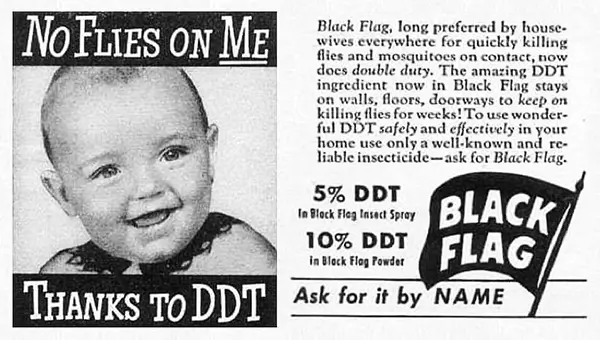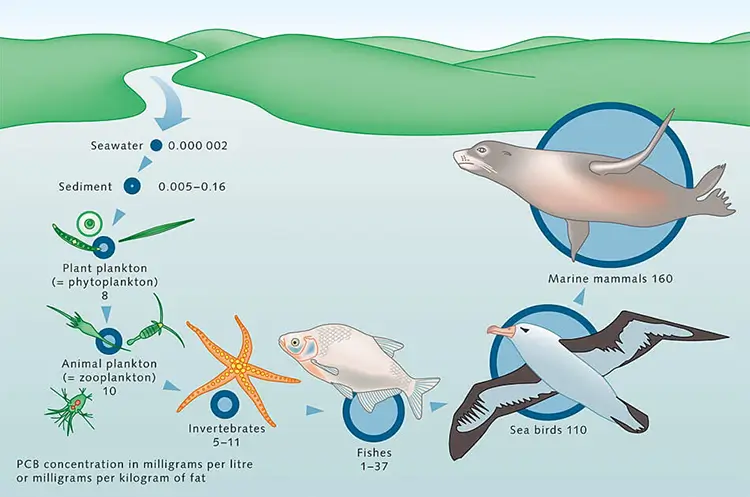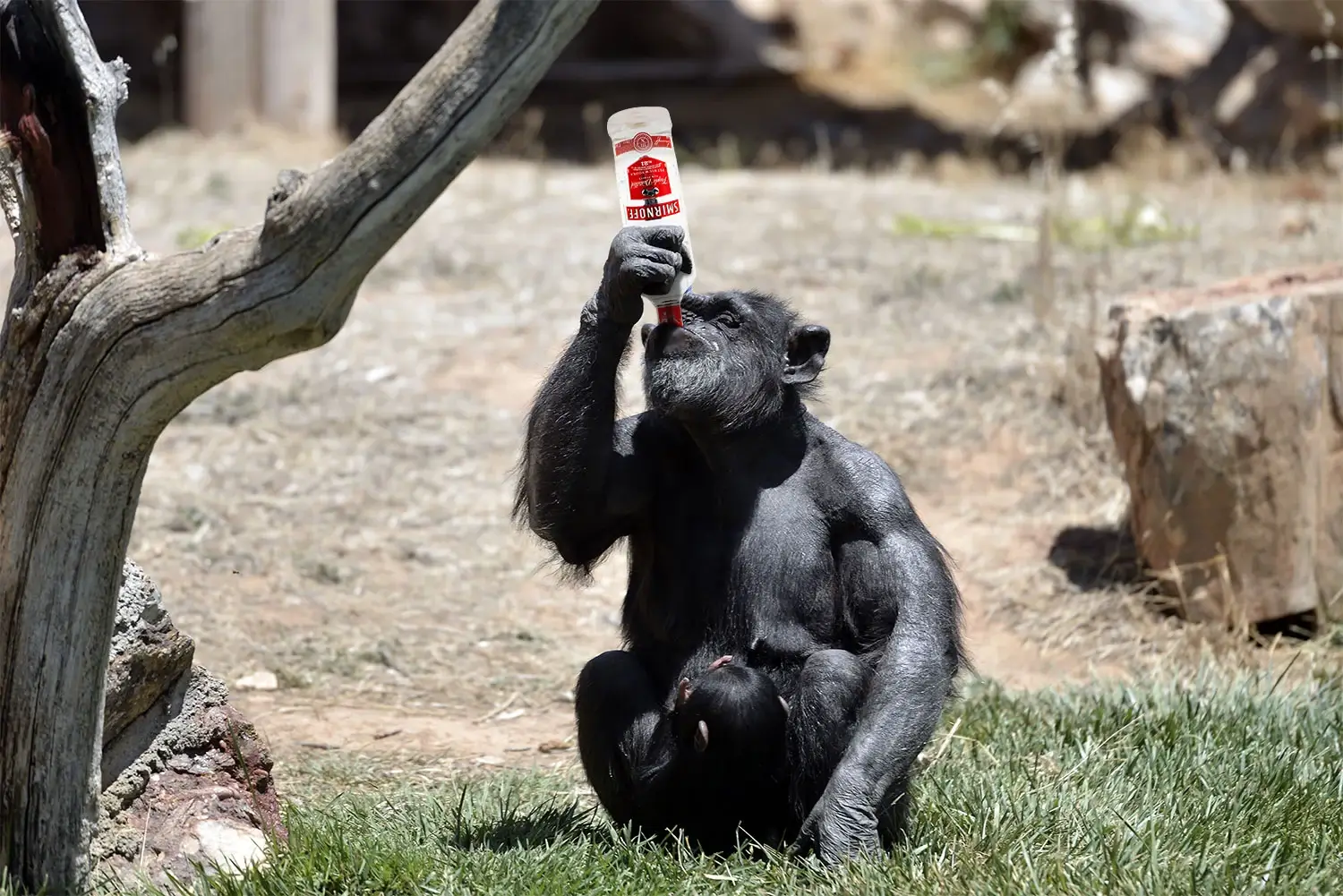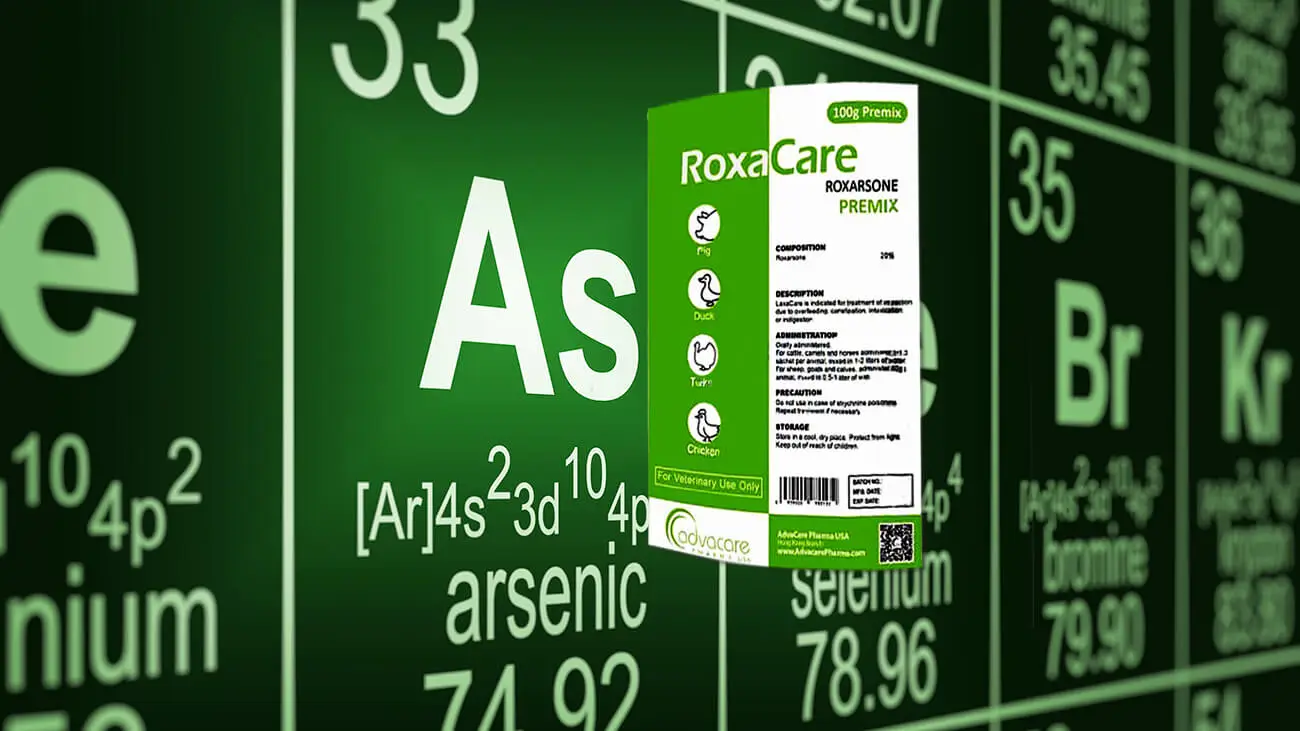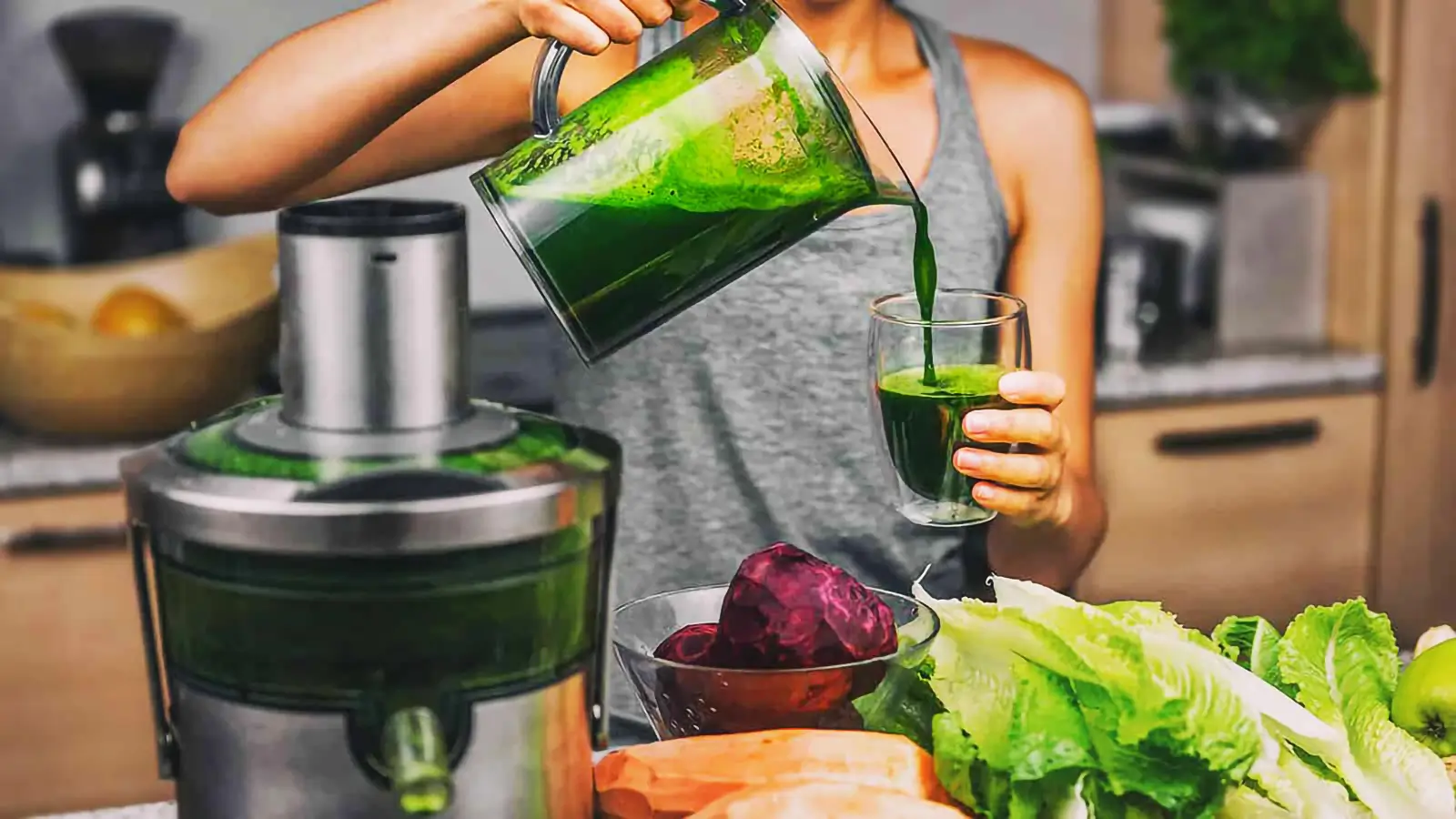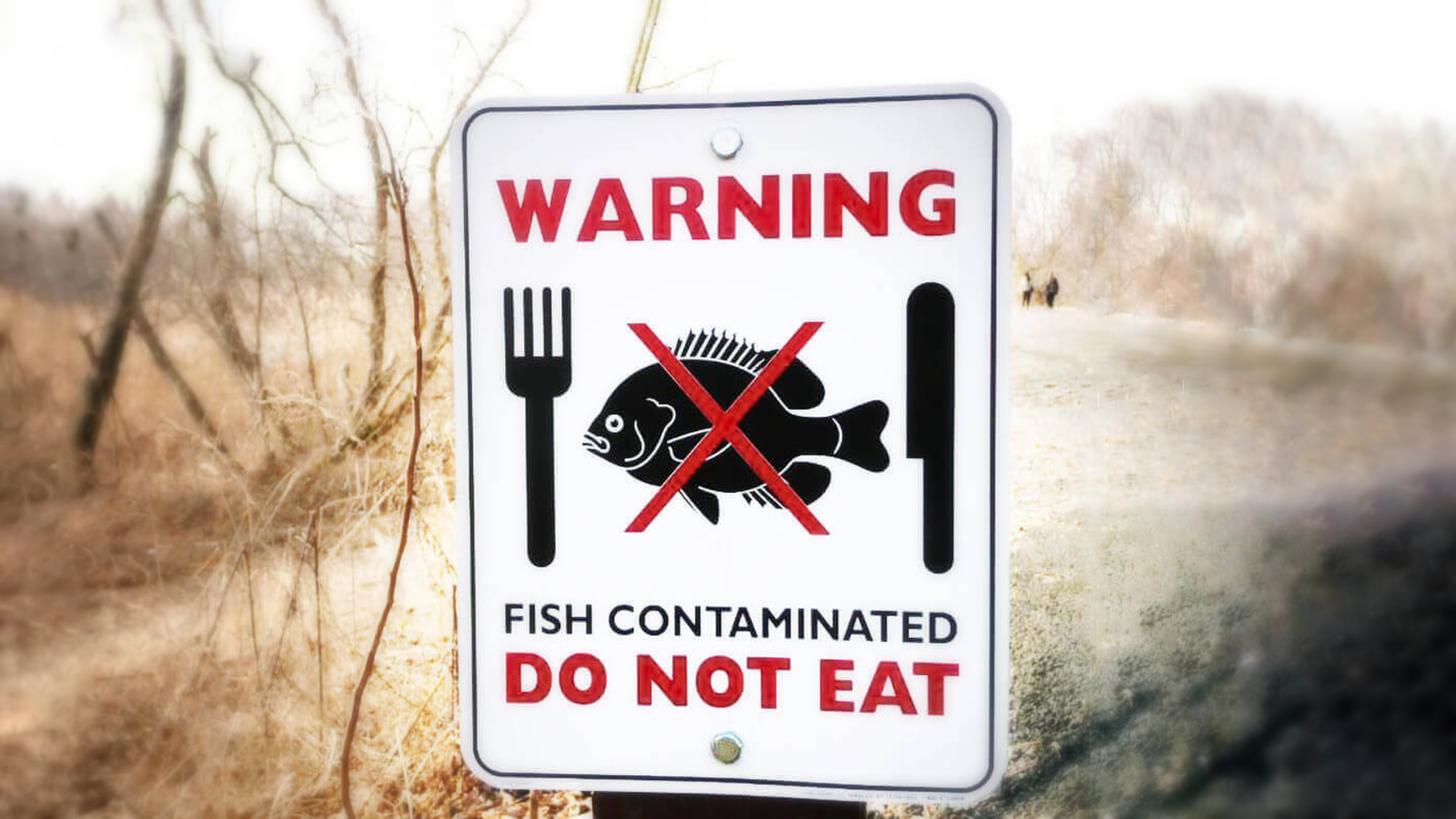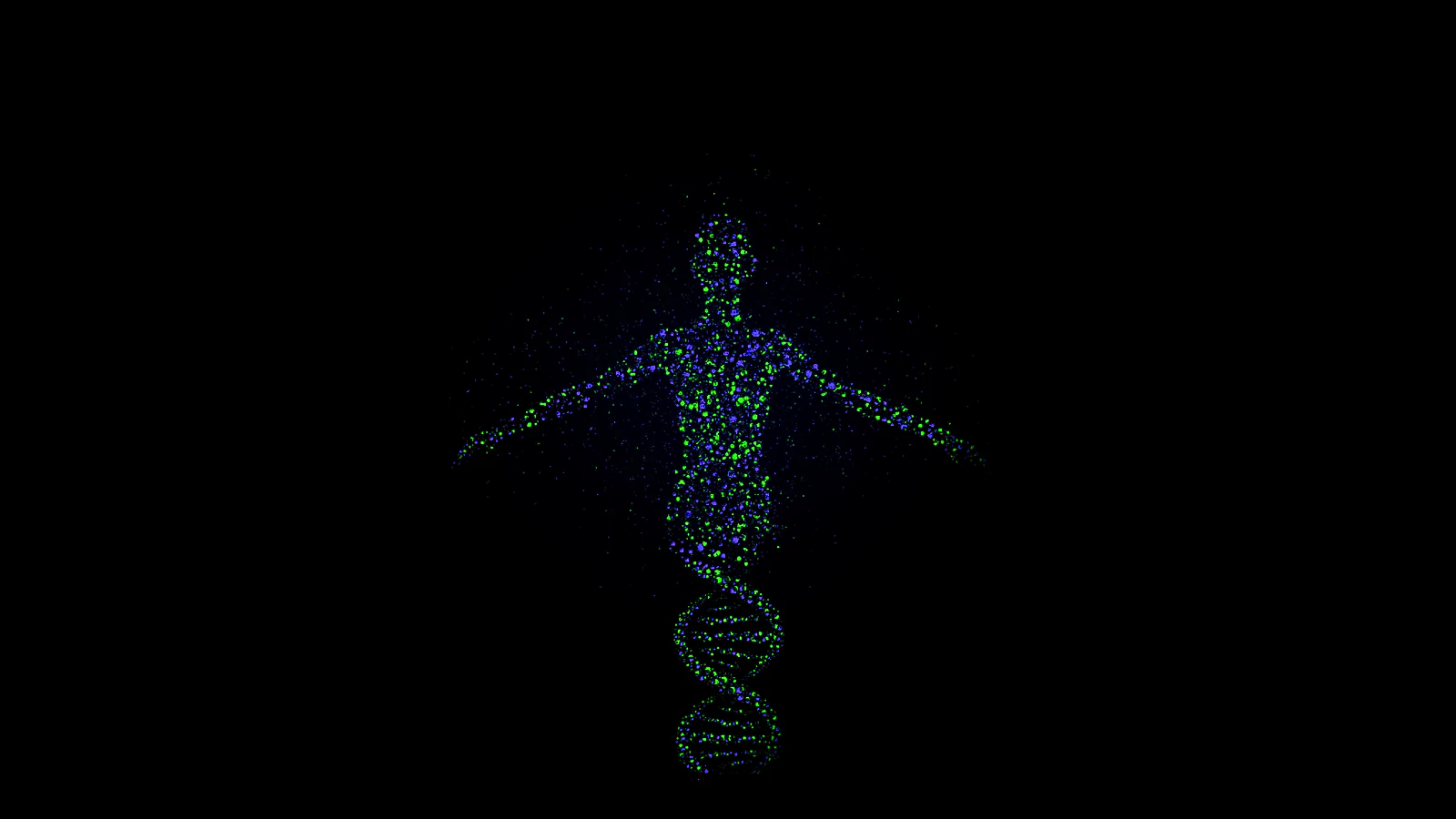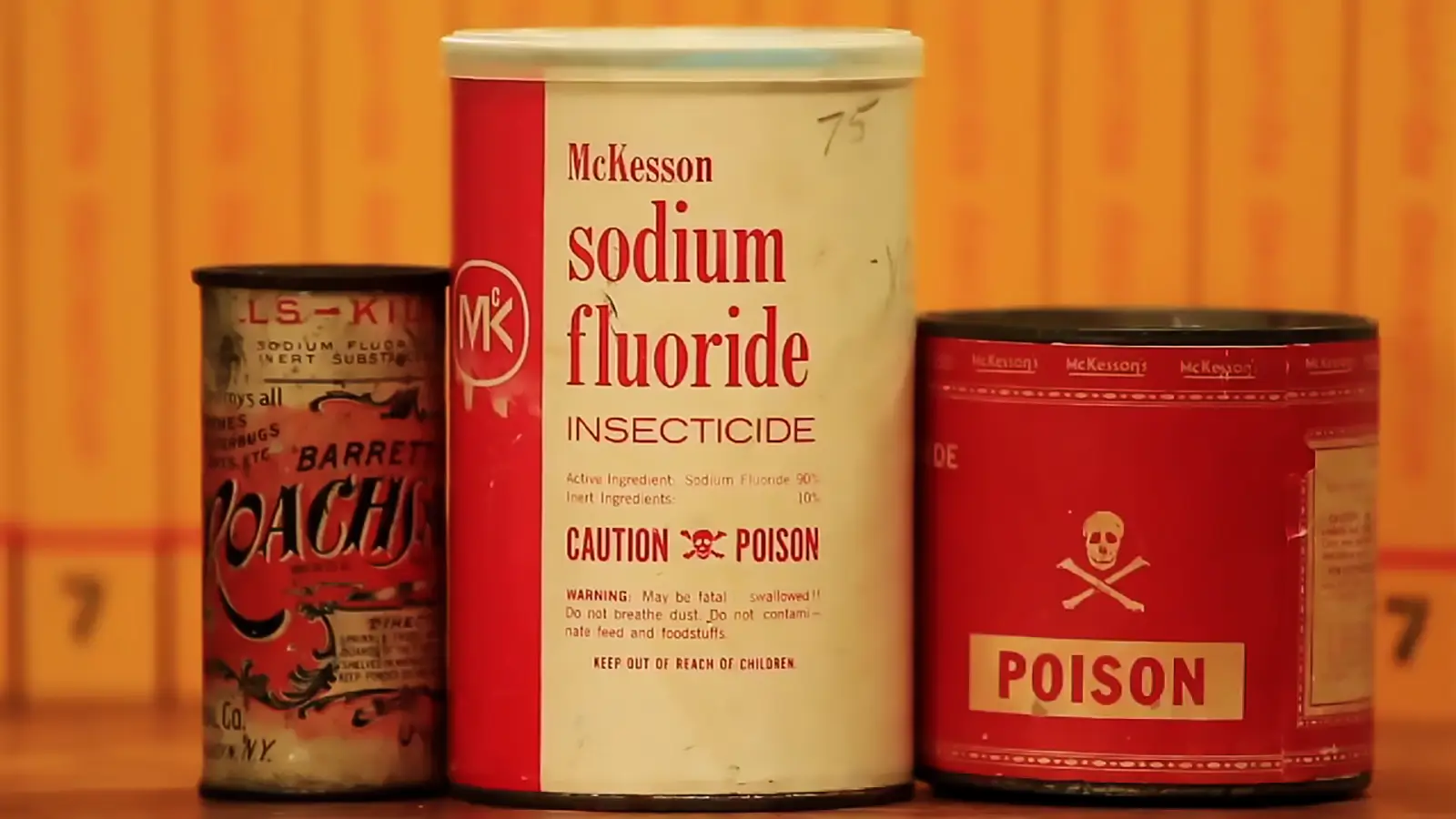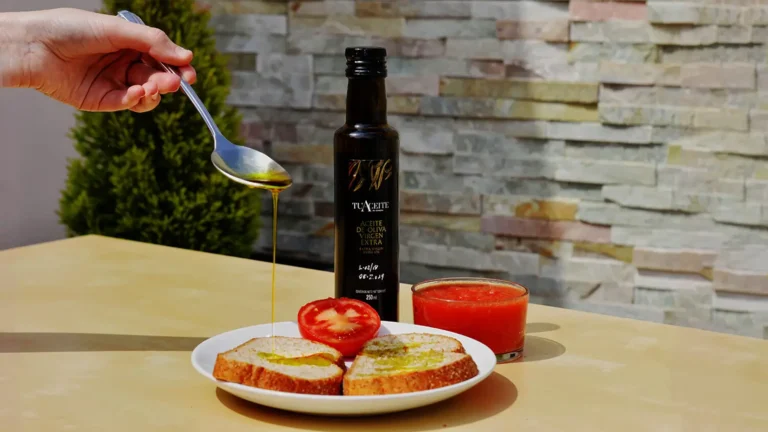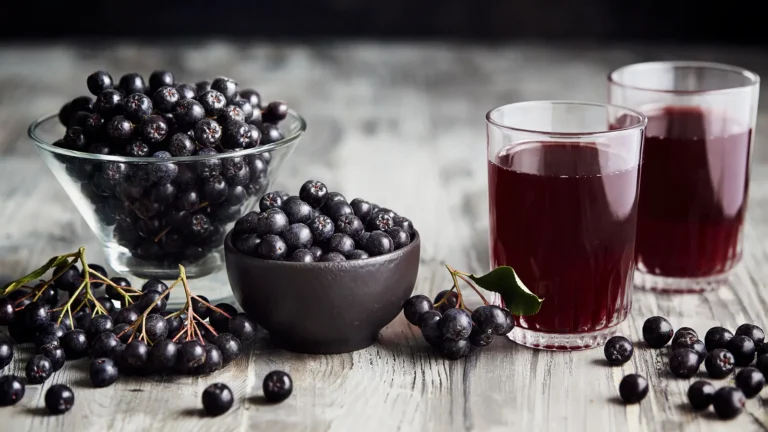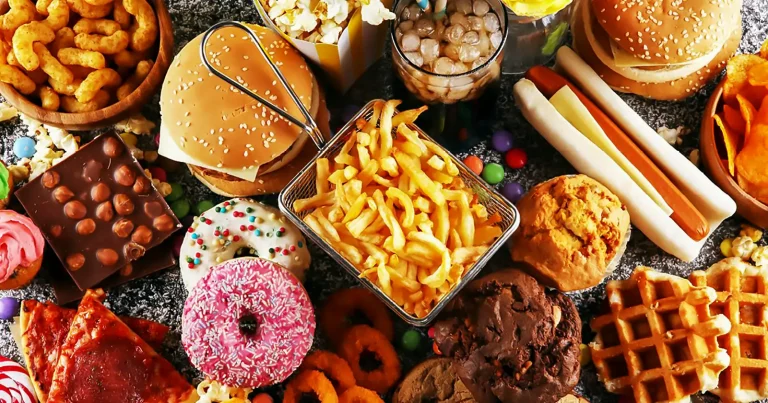Pesticide Exposure in Children: Real-Life Exposure Tests
Children and especially pregnant women are more vulnerable to pesticide exposure. If we test the real-world exposure levels, what would the result be?
Milos Pokimica
Written By: Milos Pokimica
Medically Reviewed by: Dr. Xiùying Wáng, M.D.
Updated August 4, 2023Most of us know we are living in a toxic and polluted environment. Most of us know that we are exposed to pollution and have an increased risk of a wide range of diseases that these toxic chemicals can cause. Chronic health effects of pesticide exposure include cancer and other tumors; brain and nervous system damage; birth defects; infertility and other reproductive problems; and damage to the liver, kidneys, lungs, and other body organs, leukemia, birth defects, stillbirth, spontaneous abortion, sterility and infertility, endocrine disruption, genotoxicity, and impaired brain development. Pesticide exposure is something that is deadly as any other deadly poison with one difference. When we start to notice the first symptoms, the damage has already been done.
Children and especially pregnant women are more vulnerable to pesticide exposure because the nervous systems and immune systems of the baby are still developing.
Because of their higher rates of cell division and lower body weight, children’s susceptibility to pesticide exposure is higher and the dosages are much lower than dosages that adult males would be able to cope with for example. Also, babies and children have immature organs and their immune system and detoxicating enzymes do not work as well as in adults so they are particularly vulnerable to toxic contaminants. Pesticide exposure during certain early development periods can cause permanent damage. If we analyze real-world pesticide exposure in real-life scenarios what would the result be? Are we in real danger or all of the talk about the vegan diet and eating low on a food chain to avoid bioaccumulation in a food chain of all of the lipophilic POPs (persistent organic pollutants) just an overblown marketing story? What is an official recommendation and what do the FDA toxicologists say about all of this?
In this study (Vogt et al., 2012) California children were tested for pesticide exposure to multiple dietary contaminants.
Cancer safety levels were exceeded by all children (100%) for arsenic, DDE, dieldrin, and dioxins.
In past times it was rarely a situation where the entire population was poisoned, every single participant measured with no exceptions. Also, the safety non-cancer benchmark level for acrylamide was exceeded by 96 percent of preschool-age children, and also 10 percent of children were above safety levels for mercury.
Acrylamide is a substance recognized as a carcinogen by U.S. government agencies. It is created at high temperatures in reaction with starch. So any fried and baked starch-rich food is filled with it like bread, French fries, potato chips, and cookies. What is important is the level of exposure.
When FDA toxicologists say that they believe that the average daily intake of arsenic, poses no hazard to the consumer I say that I do not believe in their honesty. The one thing we can do is to apply logic, not belief.
The study showed that the real level of arsenic exposure was more than 100 times the acceptable daily levels for adults. More than 100 times the value not more than 100% in value. I want to write this again. More than 100 times acceptable daily levels. For children and preschoolers, it was about 300 times. Let me write this again. 300 times more. “I want to believe” too, and I like the X-Files but not in FDA lying corrupted toxicologists.
The ratios of excess exposure in this study (how many times more above the safety level the exposure level is) were as follows: 2–12 for DDE, 116–297 for arsenic, 18–67 for dieldrin, 4–5 for chlordane (among children) and 202–1010 for PCDD/Fs. Yes, it is up to 1010 times the allowed values for Dioxin (PCDDs).
Dieldrin was created as a safer alternative to DDT but was banned two years later in 1972. When we look into what food products are the most contaminated they were similar throughout all age groups.
Meat, dairy, potatoes, and cucumber are most contaminated with POPs (DDE, dieldrin, chlordane, and PCDD/Fs). Until 1988 when chlordane was banned, it was used for home termite control and citrus crops and corn.
Also, major POPs contributors were freshwater fish, poultry, mushrooms, cantaloupe, pizza (children only), and spinach (adults only).
When we look at pesticides that are in current use (endosulfan, permethrin, and chlorpyrifos), the main contributors are celery, strawberries, grapes, tomatoes, apples, peaches, pears, peppers, spinach, broccoli, lettuce, and green beans if we don’t count the levels in animal products.
For arsenic exposure, farm-raised salmon, tuna, poultry, and mushrooms were top contributors in all age groups.
For acrylamide exposure chips and all other types of fried potatoes like French fries, crackers, and cereal for all age groups.
For mercury exposure, it was fish and especially tuna.
Dairy products are also the main contributor to chlorpyrifos exposure among children and lead exposure among all age groups. One of the top contributors was dairy and in some cases the main contributor of PCDD/Fs exposure, DDE, and chlordane. PCDD/Fs exposure from dairy was more pronounced in children due to lower dairy (and higher meat) consumption in adults.
For ordinary people, it might come as a surprise that milk in addition to meat was found to be a significant source of pesticides. This is a consequence of the use of chlorpyrifos on grazing fields and feeds given to cattle. This practice is forbidden in organic milk production. Milk is one of the leading sources of POPs.
Fish was a significant source of arsenic, dioxin, dieldrin, chlordane, and DDT intake.
The problem with chemicals like POPs is that they have the ability to accumulate in animal fat. So avoiding animal fat by decreasing consumption or choosing the lowest fat option of meat, dairy, and fish is one strategy to lower exposure.
Another strategy to avoid toxicity that will have a better result will be to consume a plant-based diet. In the case of rice, some strategies can lower the exposure, but in essence, nothing can be done because it is a plant that naturally absorbs more arsenic from the water in which it is growing. The situation is just worsened dramatically in the US because of the use of arsenic pesticides, and now the soil is polluted. On 31 December 2015, the FDA withdrew approval for the last of the arsenic-containing drugs. It should be noted that the EU has never approved drugs containing arsenic for animal consumption. So as of 2011, due to consumer pressure, the use of arsenic as feed to chickens is banned in the US. Why has this practice lasted so long? A better question will be why have we used arsenic at all if we know the history of the substance?
References:
- Vogt, R., Bennett, D., Cassady, D., Frost, J., Ritz, B., & Hertz-Picciotto, I. (2012). Cancer and non-cancer health effects from food contaminant exposures for children and adults in California: a risk assessment. Environmental health : a global access science source, 11, 83. https://doi.org/10.1186/1476-069X-11-83
Related Posts
Do you have any questions about nutrition and health?
I would love to hear from you and answer them in my next post. I appreciate your input and opinion and I look forward to hearing from you soon. I also invite you to follow us on Facebook, Instagram, and Pinterest for more diet, nutrition, and health content. You can leave a comment there and connect with other health enthusiasts, share your tips and experiences, and get support and encouragement from our team and community.
I hope that this post was informative and enjoyable for you and that you are prepared to apply the insights you learned. If you found this post helpful, please share it with your friends and family who might also benefit from it. You never know who might need some guidance and support on their health journey.
– You Might Also Like –

Learn About Nutrition
Milos Pokimica is a doctor of natural medicine, clinical nutritionist, medical health and nutrition writer, and nutritional science advisor. Author of the book series Go Vegan? Review of Science, he also operates the natural health website GoVeganWay.com
Medical Disclaimer
GoVeganWay.com brings you reviews of the latest nutrition and health-related research. The information provided represents the personal opinion of the author and is not intended nor implied to be a substitute for professional medical advice, diagnosis, or treatment. The information provided is for informational purposes only and is not intended to serve as a substitute for the consultation, diagnosis, and/or medical treatment of a qualified physician or healthcare provider.NEVER DISREGARD PROFESSIONAL MEDICAL ADVICE OR DELAY SEEKING MEDICAL TREATMENT BECAUSE OF SOMETHING YOU HAVE READ ON OR ACCESSED THROUGH GoVeganWay.com
NEVER APPLY ANY LIFESTYLE CHANGES OR ANY CHANGES AT ALL AS A CONSEQUENCE OF SOMETHING YOU HAVE READ IN GoVeganWay.com BEFORE CONSULTING LICENCED MEDICAL PRACTITIONER.
In the event of a medical emergency, call a doctor or 911 immediately. GoVeganWay.com does not recommend or endorse any specific groups, organizations, tests, physicians, products, procedures, opinions, or other information that may be mentioned inside.
Editor Picks –
Milos Pokimica is a health and nutrition writer and nutritional science advisor. Author of the book series Go Vegan? Review of Science, he also operates the natural health website GoVeganWay.com
Latest Articles –
Top Health News — ScienceDaily
- Indoor tanning triples melanoma risk and seeds broad DNA mutationson December 15, 2025
Researchers discovered that tanning beds cause widespread, mutation-laden DNA damage across almost all skin, explaining the sharply increased melanoma risk. Single-cell genomic analysis revealed dangerous mutations even in sun-protected regions. Survivors’ stories underscore how early tanning habits have lifelong consequences. The findings push for stricter policies and clear public warnings.
- Researchers identify viral suspects that could be fueling long COVIDon December 15, 2025
Scientists are uncovering a new possibility behind long COVID’s stubborn symptoms: hidden infections that awaken or emerge alongside SARS-CoV-2. Evidence is mounting that viruses like Epstein-Barr and even latent tuberculosis may flare up when COVID disrupts the immune system, creating lingering fatigue, brain fog, and other debilitating issues.
- Harvard gut discovery could change how we treat obesity and diabeteson December 14, 2025
Scientists found that certain molecules made by gut bacteria travel to the liver and help control how the body uses energy. These molecules change depending on diet, genetics, and shifts in the microbiome. Some even improved insulin response in liver cells when tested in the lab. The findings could open the door to new ways of preventing or managing obesity and diabetes.
- A grad student’s wild idea triggers a major aging breakthroughon December 14, 2025
Senescent “zombie” cells are linked to aging and multiple diseases, but spotting them in living tissue has been notoriously difficult. Researchers at Mayo Clinic have now taken an inventive leap by using aptamers—tiny, shape-shifting DNA molecules—to selectively tag these elusive cells. The project began as an offbeat conversation between two graduate students and quickly evolved into a collaborative, cross-lab effort that uncovered aptamers capable of binding to unique surface proteins […]
- Natural compound supercharges treatment for aggressive leukemiaon December 14, 2025
Forskolin, a plant-derived compound, shows surprising potential against one of the most aggressive forms of leukemia. Researchers discovered that it not only stops cancer cells from growing but also makes them far more vulnerable to chemotherapy by preventing them from pumping out the drugs meant to kill them. Experts say this dual action could help create safer, more powerful AML treatments with fewer harsh side effects.
- AI finds a hidden stress signal inside routine CT scanson December 14, 2025
Researchers used a deep learning AI model to uncover the first imaging-based biomarker of chronic stress by measuring adrenal gland volume on routine CT scans. This new metric, the Adrenal Volume Index, correlates strongly with cortisol levels, allostatic load, perceived stress, and even long-term cardiovascular outcomes, including heart failure risk.
- Tea may strengthen bones in older women while heavy coffee weakens themon December 13, 2025
A decade-long study of older women found that tea drinkers had slightly stronger bones, while moderate coffee drinking caused no harm. Heavy coffee intake—over five cups a day—was linked to lower bone density, especially in women who consumed more alcohol. Tea’s benefits may stem from catechins that support bone formation. The researchers say small daily habits could make a meaningful difference over time.
PubMed, #vegan-diet –
Random Posts –
Featured Posts –
Latest from PubMed, #plant-based diet –
- Identification of effective plant-based oils for use in aquafeed: An evaluation of impact on gamete quality and developmental success using zebrafish (Danio rerio) as a screening organismby Seyed-Mohammadreza Samaee on December 14, 2025
To evaluate the effectiveness of zebrafish as a screening system for identifying appropriate plant oils (POs) for aquafeed, Artemia nauplii (AN) were enriched with three single- cultivar olive oils (OO): Koroneiki, Parseh, and Arghavan. The resulting AN (ANKor, ANPar, ANArg, and AN36 [36 h starved AN, control]) were then fed to 360 fish (3.5 cm) for one month. The fatty acid (FA) profile of the AN was reflected in the ova and influenced both sperm motility and density, which in turn affected […]
- The Effect of Dietary Interventions on Human Vascular Function in the Context of Acute Psychological Stress: A Scoping Reviewby Rosalind Baynham on December 14, 2025
Episodes of acute psychological stress increase the risk for cardiovascular diseases, partially through stress-induced impairments in vascular function. During psychologically stressful periods, individuals are more likely to consume unhealthy foods and fewer fruits and vegetables. Yet, the impact of dietary choices and their nutritional composition on vascular function in the context of psychological stress is unclear. In this scoping review, comprehensive database searches were carried out […]
- Plant-based diets, gut microbiota, blood metabolome, and risk of colorectal, liver and pancreatic cancers: results from a large prospective cohort study of predominantly low-income Americansby Fangcheng Yuan on December 14, 2025
CONCLUSIONS: A diet high in healthy plant foods and low in animal foods was inversely associated with liver cancer risk and with CRC risk among screening-naïve participants. These associations may be partly mediated through gut microbiota and systemic metabolism.
- Vegetarian diet and likelihood of becoming centenarians in Chinese adults aged 80 years or older: a nested case-control studyby Yaqi Li on December 14, 2025
CONCLUSIONS: Targeting individuals of advanced age (80+ years) in China, we found that individuals following vegetarian diet had lower likelihood of becoming centenarians relative to omnivores, underscoring the importance of a balanced high-quality diet with animal- and plant-derived food composition for exceptional longevity, especially in the underweight oldest-old.
- Priority of nutrition and exercise in depression management: triangulating mini-review of past and recent evidence with clinical practice guidelinesby Shannon Rogers on December 14, 2025
CONCLUSIONS: Disparities that exist in leading depression management guidelines vis-à-vis inclusion of evidence-informed nutrition and PA/PE recommendations, warrant reconciliation. Evidence supporting anti-depressant WFPB nutrition and limiting pro-inflammatory animal-sourced food and UPF and supporting anti-inflammatory aerobic exercise and resistance training warrants being translated into national/international depression management guidelines as consistently as recommendations for…
- The effect of a diet based on vegetable and dairy protein on biochemical and functional indicators of sarcopenia in patients with liver cirrhosis: a randomized controlled trialby Mahdiyeh Taghizadeh on December 13, 2025
CONCLUSIONS: In conclusion, a vegetable and dairy protein-based diet effectively inhibited significant elevations in ammonia levels compared to the standard diet in persons with liver cirrhosis; however, anthropometric parameters and muscle function did not differ between two groups.
